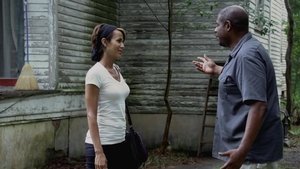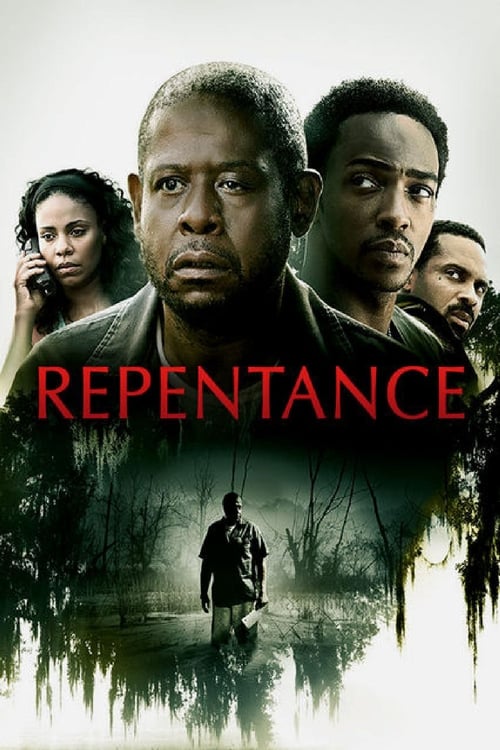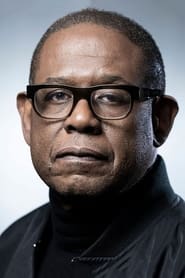Cast
View AllCrew
Director
- Philippe Caland
Reviews
Filipe Manuel Neto
**Although Forrest Whitaker gives us another excellent performance, the script is not particularly good and ruins the film with unintelligent choices.**
This is one of those films that is largely based on the interpretation of the actors, who do the best they can with the material given to them and the instructions given by the director, Philippe Caland. The story told did not seem to have an exceptional relevance: it becomes quite predictable from the middle onwards and have some serious problems to consider.
So it's not surprising if I say that the best stuff here is the solid dramatic performance by Forrest Whitaker, an actor who has been on the rise since the beginning of the millennium and who has had a very promising career. This film is not one of his best, but his powerful and intense performance gives the film more interest. He is absolutely believable as a person in pain, disturbed, mentally unstable, but who has a heart and is not evil, although he is threatening in a convincing and brutal way. Anthony Mackie cannot keep up with him, but he also does a positive work. His character is denser than it seems at first glance, but this will only be understood as we see him interact with Whitaker. Despite a worthy attempt by Sanaa Lathan, we don't have a good supporting cast, and Mike Eps is particularly disappointing with his uninspired portrayal.
The script is based on the relationship between a visibly disturbed man and a therapist and author of self-help books, who accepts him as a patient despite not usually doing so. After all, he needs the money to help a bully brother. Unfortunately, he doesn't seem to understand that this isn't the kind of help his new patient needs: the man is showing signs of psychosis or schizophrenia and needs a psychiatrist, not a guru of happy thoughts and Tibetan meditation. This therapist, if he has any experience, should have understood this: instead, he continues and makes the situation worse by suggesting that he stop the medication, perhaps an antidepressant, that was prescribed. The rest are consequences.
Honestly, I feel that this was enough to make a good film, even with the painful scenes that follow and that constitute the “core” of the film. The story of the car accident didn't need to be there. A disturbed man does not need a logical reason to attack, he just needs to lose his reason and self-control. Giving an intelligible reason for Whitaker's character's actions, in addition to being redundant, is weakening the character and turning him into a villain that he is not. This really ruined the film for me.
The film has many violent and bloody scenes, including tortures and high tension situations. It's not a film to watch with your eighty-year-old grandmother or the children. However, the suspense works effectively, and the tension grows as the end approaches. The good design of the sets (in particular the dilapidated house) and the cinematography help a lot to create this hostile and sinister environment.
Nov 24, 2023
Thematic Analysis
This Horror/Thriller film explores themes of fear and survival, delving into the psychological aspects of human nature when confronted with the unknown. Repentance presents a unique perspective on the horror genre by focusing on the psychological terror rather than relying on typical jump scares.
Director Philippe Caland brings their distinctive visual style to this film, continuing their exploration of themes seen in their previous works while adding new elements. Their approach to pacing and visual storytelling creates a viewing experience that rewards close attention.
Released in 2014, the film exists within a cultural context that continues to evolve with our understanding of its themes. Its reception demonstrates the diverse reactions to its artistic choices and its place in cinema history.
Did You Know?
- The production of Repentance took approximately 36 months from pre-production to final cut.
- With a budget of $5.0 million, the film represented a significant investment in bringing this story to the screen.
- The final cut of the film runs for 90 minutes, though the director's initial assembly was reportedly 134 minutes long.
- The costume department created over 423 unique costume pieces for the production.
- The musical score contains over 61 unique compositions.
- The cast underwent specialized training for 3 weeks before filming began.
Historical Context
- In 2014, when this film is released:
- Political polarization was intensifying in many countries.
- Smartphones and social media had transformed daily life and communication.
- Streaming platforms were disrupting traditional distribution models and changing how audiences consumed films.
How This Film Stands Out
Details
- Release Date: February 28, 2014
- Runtime: 1h 30m
- Budget: $5,000,000
- Revenue: $1,189,612
Where to Watch














